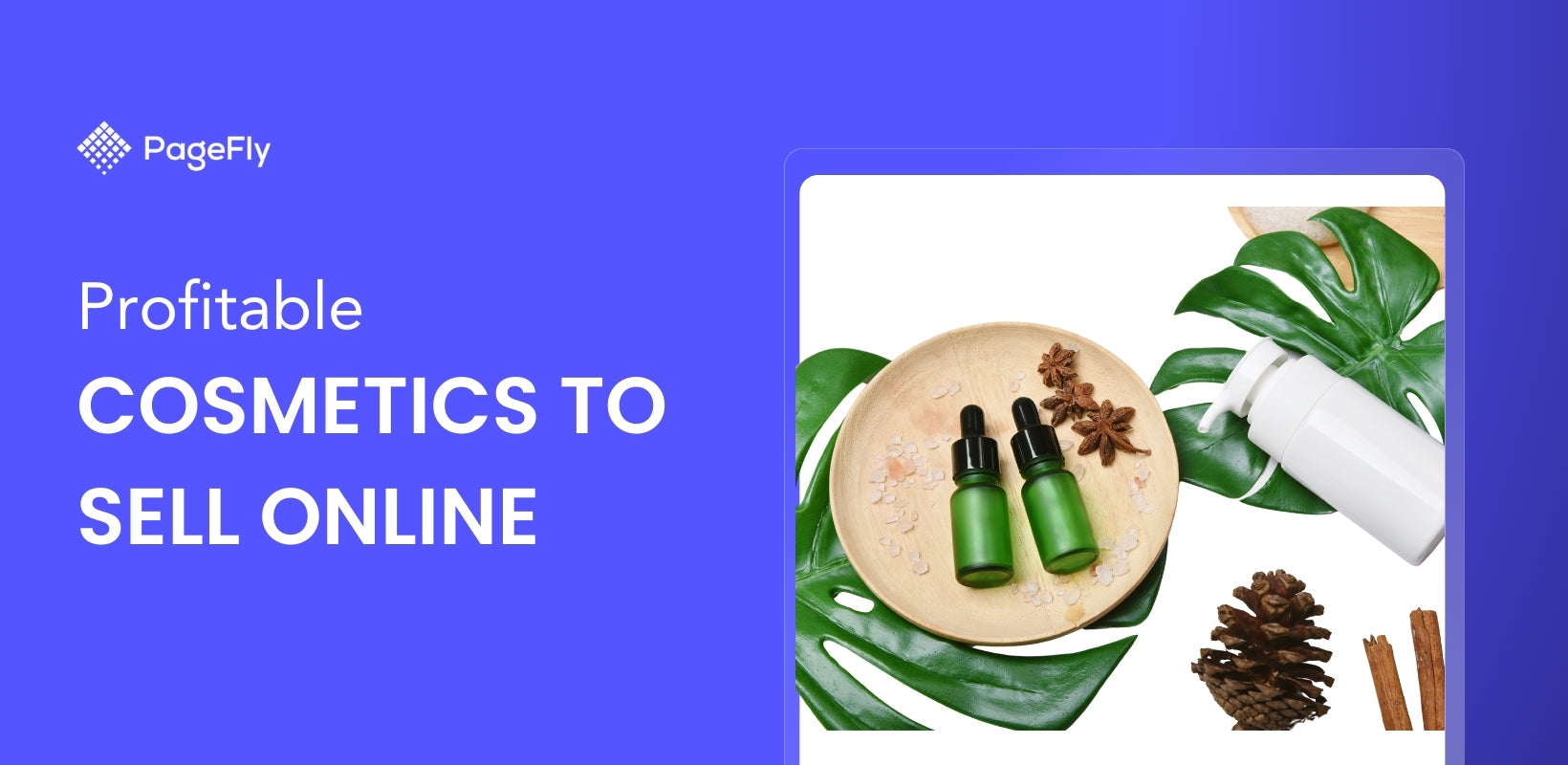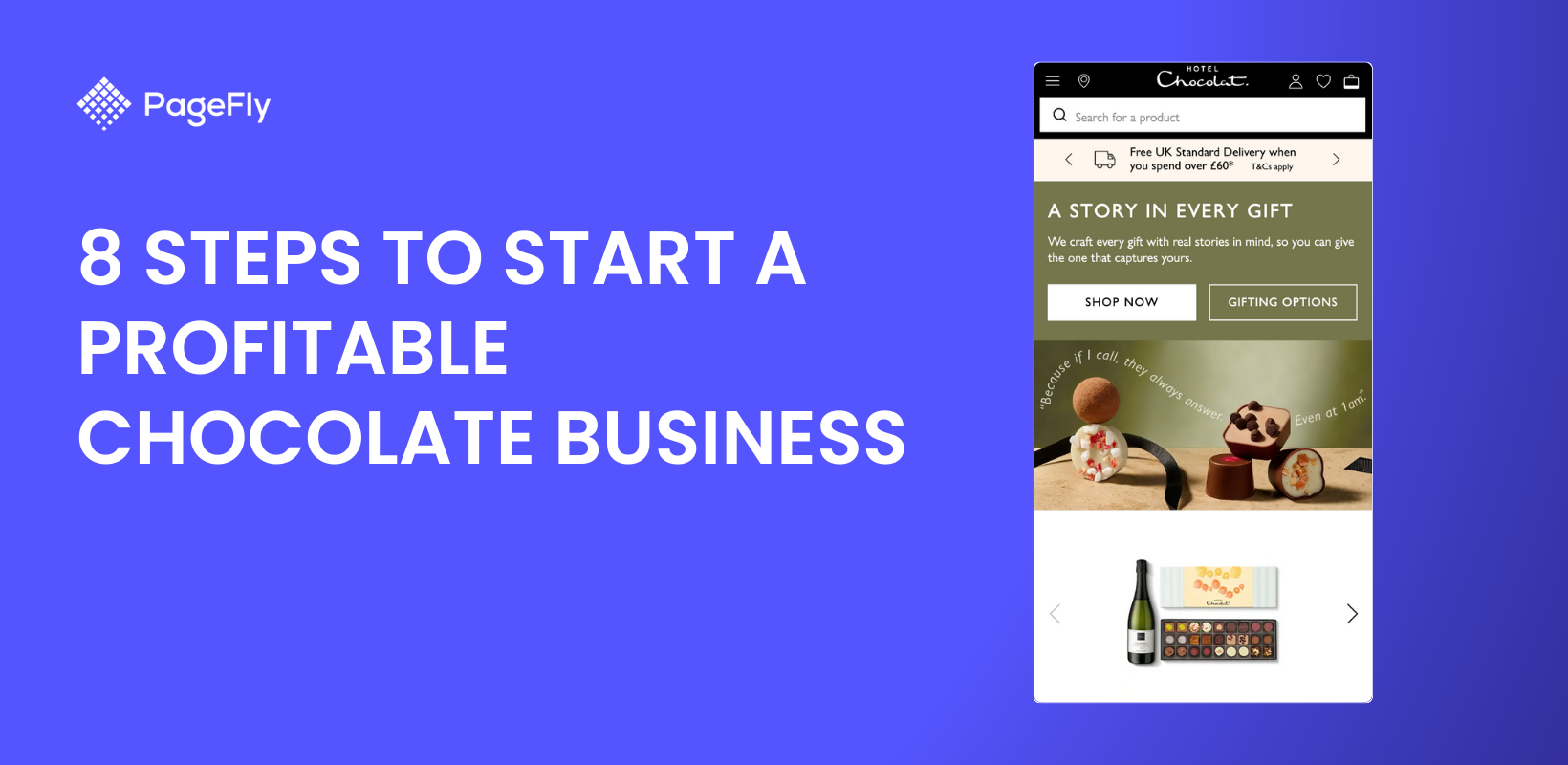D2C eCommerce is a gateway to unlock your online success and rock your sales. If you have already established an offline business and want to upscale it, or maybe you are just exploring an idea, then this article is for you. With Shopify, you can build your scalable online store and increase your profits with advanced but easy-to-use features.
What are D2C eCommerce and Shopify?
Before jumping into it, let’s dive into some basic understandings.
D2C eCommerce
D2C or DTC stands for “Direct-to-customer”. This means you can sell your products directly to customers without the help of a third party. To be more specific, starting an online store will enable you to:
- Control your product stock level and the fulfillment experience.
- Manage when customers place orders. This means you are responsible for sorting, packaging, and shipping the product.

Empower your online success
Moreover, an online selling platform will also help you:
- Stand out from the competitors.
- Eliminate unnecessary costs.
- Get closer and reach a larger range of target customers to better understand their behaviors.
- Boost sales for your brand.
- Leverage your brand identity.
Shopify
Shopify is undoubtedly one of the best eCommerce platforms in the market today. It allows you to create your online empire with customized themes, add products, start selling, grow and easily manage it.
It’s an all-in-one eCommerce solution for your D2C plan.
Why Choose Shopify for your D2C eCommerce?
Shopify is the leading eCommerce platform that allows you to craft your brand store, start your D2C business, and leverage it with optimal features/apps.
User-friendly interface
You don’t need to be an expert to start with Shopify. It provides users with an intuitive and easy-to-navigate interface. Beginners can understand and excel in the platform in no time.
Moreover, you can manage your products, inventory, orders, and customers’ information in the admin dashboard.
Various-device friendly
It provides a seamless experience for both store owners and customers. Shopify themes are responsive and automatically adjust to fit different screen sizes and devices. Therefore, it can function smoothly via desktops, tablets, and mobiles.

Shopify themes are responsive and automatically adjust to fit various devices
You can edit and manage your online D2C online store on mobile devices. You can update product details, and content, or even perform administrative actions conveniently on the way.
Marketing and SEO optimized
Shopify helps drive organic traffic and engage customers on your shopping webpage.
First of all, it allows search engines to analyze and index your site easily. You can customize meta titles, descriptions, URLs, and optimize specific keywords for each site. More importantly, you are able to create and publish SEO-optimized blog posts and compelling landing pages for your Google Ads or PPC Social ads.

Shopify drives organic traffic to your D2C site
Via integrated analytics such as Google Ads, you can track your website traffic, and gain insights from customers to optimize marketing campaigns and SEO strategies. Shopify also integrates various social media platforms, which allows you to promote your product, drive traffic, and engage with customers directly.
Shopify has various marketing tools like email lists, campaigns, discount codes, and an app store for marketing and SEO apps. These tools can improve marketing campaigns and help reach more customers.
Besides, Shopify will support your online business with various marketing tools to build email lists, manage discount codes and promotions for customers. With deeper insights and up-to-date tools, you can run more efficient marketing campaigns to drive or repeat purchases.
Additionally, you can also check out Shopify’s extensive app store for more marketing and SEO apps.
Shopify themes
Shopify provides themes in different styles and layout options for you to design and customize your web page and product categories.
In other words, you can customize most of your content, and add, rearrange, or remove sections to create your unique Shopify store. Moreover, you can feel free to install, modify apps, or explore the best Shopify theme for your store without any coding or designing skills.
Seamless Integration
Shopify integrates you with popular payment providers such as Paypal, Stripe, Amazon Pay, Klarna, and Shop Pay. It also integrates shipping carriers by default such as FedEX, UPS, and Canada Post.
Secure and reliable
Is Shopify secure and reliable? Yes. You are safe because Shopify is PCI-compliant. This means that it meets all of the security standards that are required by credit card companies.
Tips to Start Your D2C Business on Shopify
Here are a few tips to start your business on Shopify. For better assistance, don’t hesitate to connect us.
Build a compelling D2C brand identity
Brand identity includes elements such as logo, typography, color scheme, tagline, packaging, and imagery. Building a unique brand identity on your website helps it stand out from competitors, and earns brand recognition among customers.
You can easily customize these above elements on Shopify.

Building brand identity on Shopify makes you stand out from competitors
Here is a 6-step guide on how to start building your brand identity on Shopify:
1. Do research on both your target audience and competitors
2. Decide what element(s) you want to focus on (associated words, positioning statement, concept)
3. Choose your business name and slogan
4. Custom a look for your eCommerce website design (color palette and fonts)
5. Design your logo
6. Complete other content sections of your site
Build your community
Building an online and active community for your brand can increase customer loyalty, attract new buyers, and boost brand recognition.
This can also decrease customer support costs. According to brand communities research, 40% of customers would be likely to spend more money with a brand if they were a member of its group or community.

Building an online and active community for your D2C brand
It creates an open and friendly environment for customers and curious audiences about your product to voice up. Additionally, it’s a perfect place to introduce and create surveys of new products. You can get feedback, and get in-depth and related insights. This will eventually provide you with information and data to improve marketing/SEO campaigns and products.
You can encourage customers to share product-related photos and reviews and ask for permission to embed them on your site. Positive and real feedback may attract and persuade customers or visitors to buy your product (even more than once).
Implement best SEO and content marketing practices
Shopify offers an advanced SEO function that enables you to update meta tags, titles, and alt tags. It will automatically generate a sitemap that you can submit to Google to index every page or section of your website.
However, there are ways for you to stand out of the crowd by advancing your site content marketing. It’s the key to attracting and retaining customers.
For example, take advantage of Shopify's blogging platform to update high-quality, keyword-rich, and customer-oriented articles. Furthermore, pay more attention to those topics that bring practical values or advice to them. Topics such as “how to”, “product guides”, and tips, … are highly potential to provide quality value to your customers. This can also improve your site’s organic performance.
Importantly, you can create product demonstrations or tutorials to enrich customers’ and visitors' experiences. In addition to that, don’t forget to embed videos into your page, and SEO-valued blog posts.
Increase your Shopify website performance
Improving your website performance can decrease visitors’ bounce rates and increase conversion rates. Here are a few tips to optimize your eCommerce website:
- Compressing images: Shopify allows you to add JPEG, JPG, Progressive JPEG, PNG, and GIF image formats. Once they are compressed, the page load time will automatically improve.
- Choosing a lightweight and responsive theme: You can run a theme preview through Google PageSpeed Insight and check suggestions to improve its speed before deciding.

Increase conversion rates and decrease bounce rate with better site performance
- Installing necessary apps only: Installing too many apps will add some JavaScript/CSS files to your online store. These files run in the background even when you are not using them.
- Fix broken links: These links can increase unnecessary HTTP requests and lead to a negative user experience. This free tool Broken Link Checker may help you find and fix them.
Optimize the checkout process
Abandoned carts may threaten your Shopify store. The checkout page plays an undeniable role in solving this problem. Here are what you can do about it:
- Optimizing it in one page: Try to make it easy and available to complete in one page only. This way customers can create and complete their shopping decision, and less time to hesitate.
- Provide various payment and shipping options: 7% percent of customers will ditch the checkout process if the store doesn’t offer their preferred payment or shipping method. Therefore, try to offer as many payment options as you can on your eCommerce site.

Optimize your checkout process
- Use Google auto-address: Instead of waiting for customers to finish filling in their shipping address, Google Autocomplete will be a time saver.
- Build your trust: By displaying security badges on your site and checkout page. This gives customers a sense of security and trust that your store will deliver on its commitments.
3 Success D2C Stories
Vanity Table
Vanity Table is the global beauty platform of Daily & Co., opened in 2020 to capture opportunities created by the “stay-at-home economy”. After 9 months of launching on Shopify, Vanity Table had achieved 1,200,000 monthly sessions, compared to the former number of 200,000.

The bounce rate went from 45.00% to 21.13%. The conversion rate rose from 1.7% to more than 3% (2020 - 2021). This enabled them to open 7 different stores.
Olipop
Olipop is a new healthy kind of soda made with plant fiber and prebiotics.

During the pandemic, the brand D2C business went from under 10% of its overall revenue to between 40% and 50%. They had around 6,000 retail stores domestically and may double that by the end of that year.
The Honest Company
The Hollywood actress Jessica Alba launches The Honest Company, a direct-to-customer business, which sells safe, eco-friendly, and affordable childcare products.

She came up with this idea because she had become so frustrated at how difficult it was to find a product that met her standards. The brand has a well-defined mission and a strong social media community that helped it to attain unicorn status in 2015.
Final Thoughts
Shopify is an open gateway to D2C eCommerce success for both businesses and individuals. You don’t need to be an expert, and there are 24/7 support services to back you up. Once you start with Shopify, you need to know that you are in good hands.
In case you need any help, you can connect with a drag-and-drop page builder such as Pagefly to access the best features.




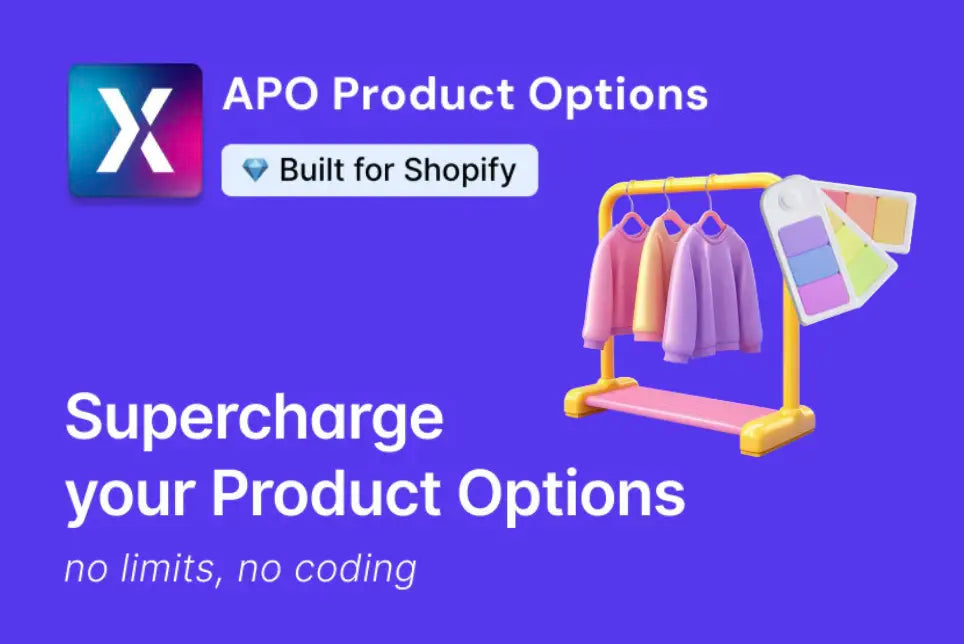
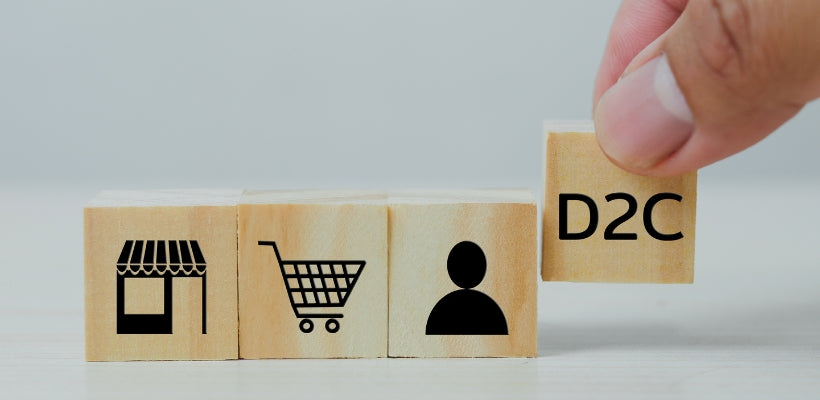

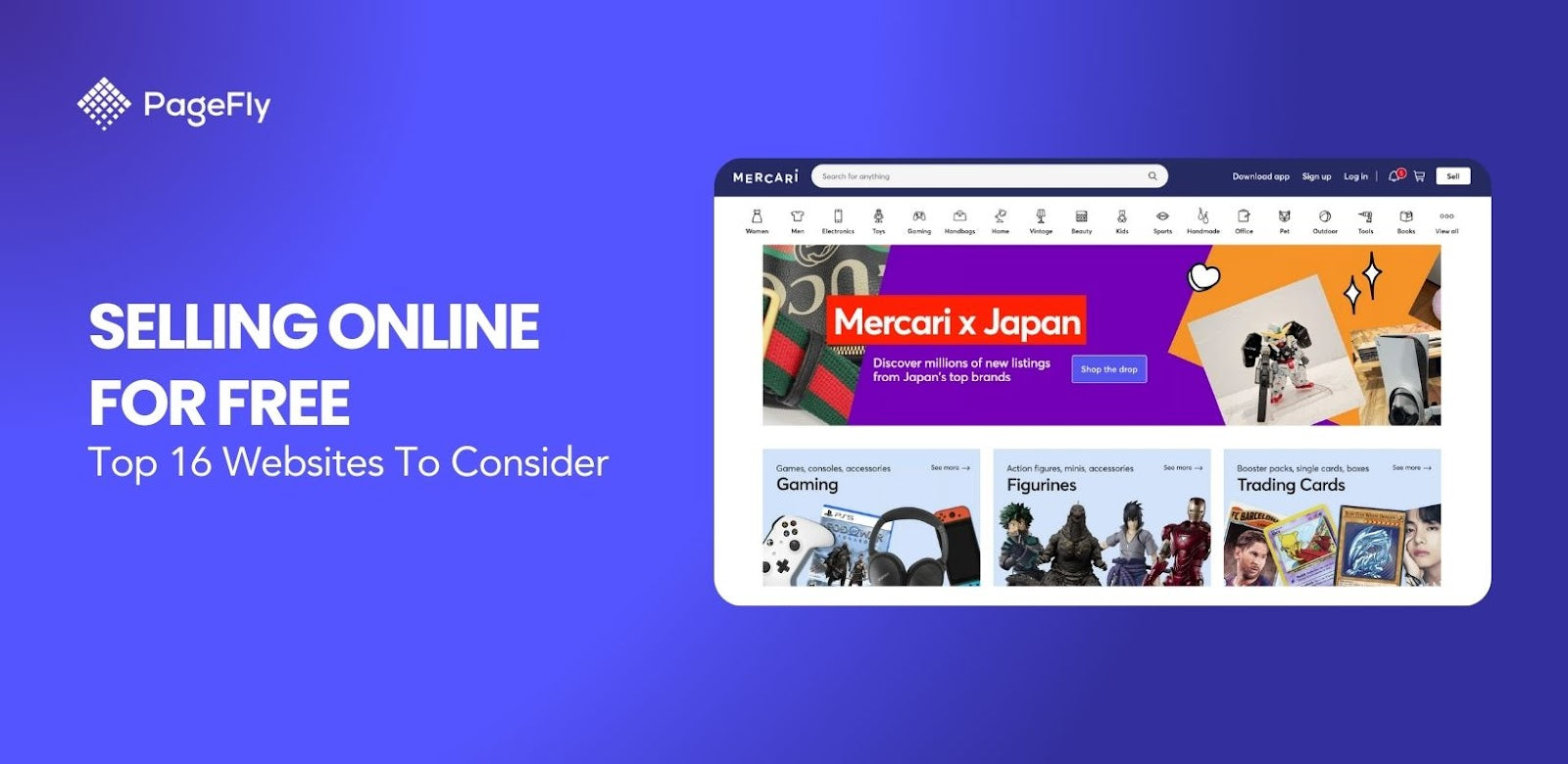

![14 Profitable Small Food Business Ideas for 2025 [Real Numbers]](http://pagefly.io/cdn/shop/articles/1_58b587d2-13db-4aa6-8c19-e40f5c88d3eb.jpg?v=1758255771&width=4460)
![Art Business Names: 350+ Ideas + Free Generator [2025 Updated]](http://pagefly.io/cdn/shop/articles/art_business_name_e94a54e9-d325-4ba3-94ab-7b4297952312.png?v=1760062968&width=1640)
